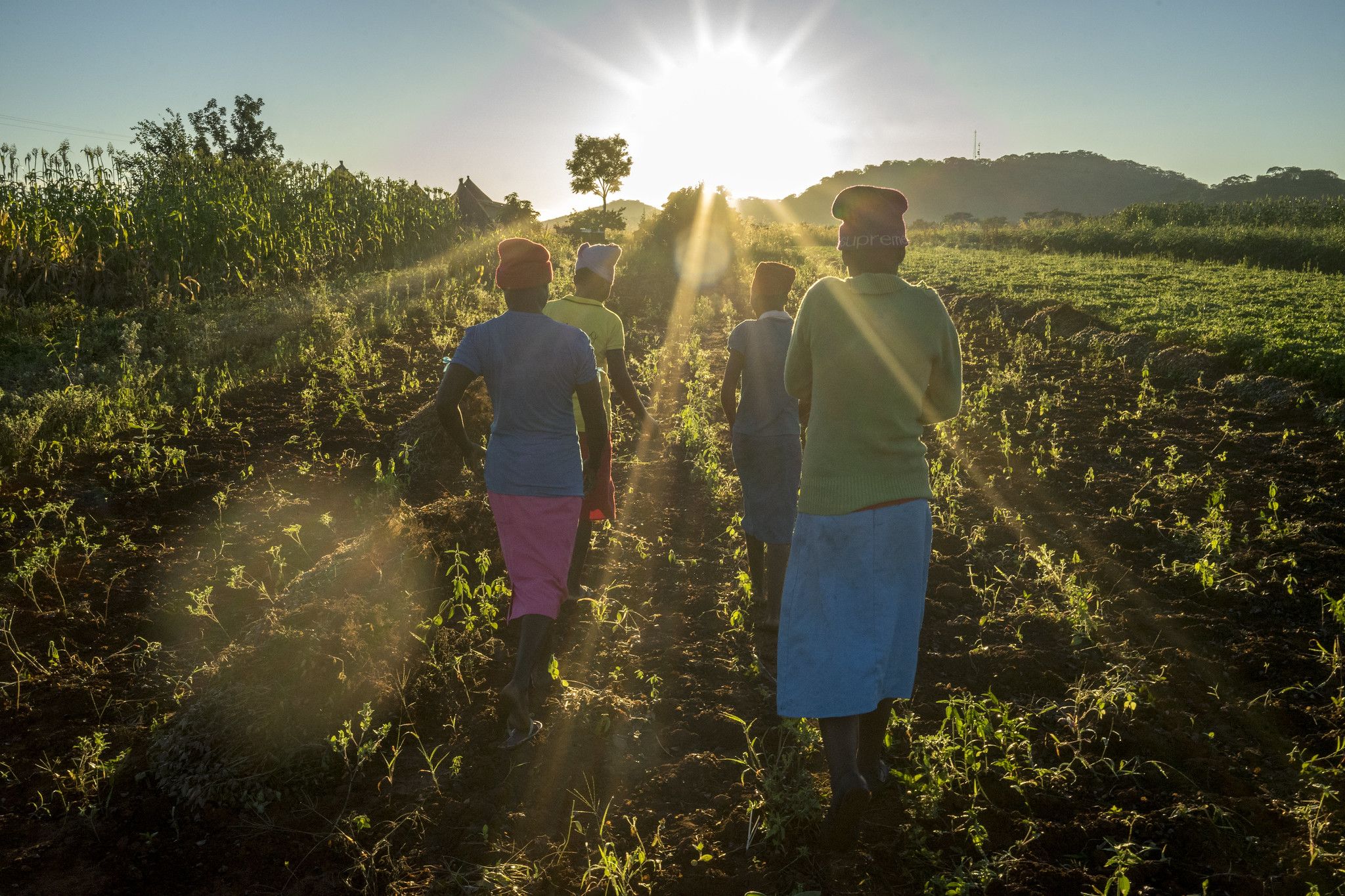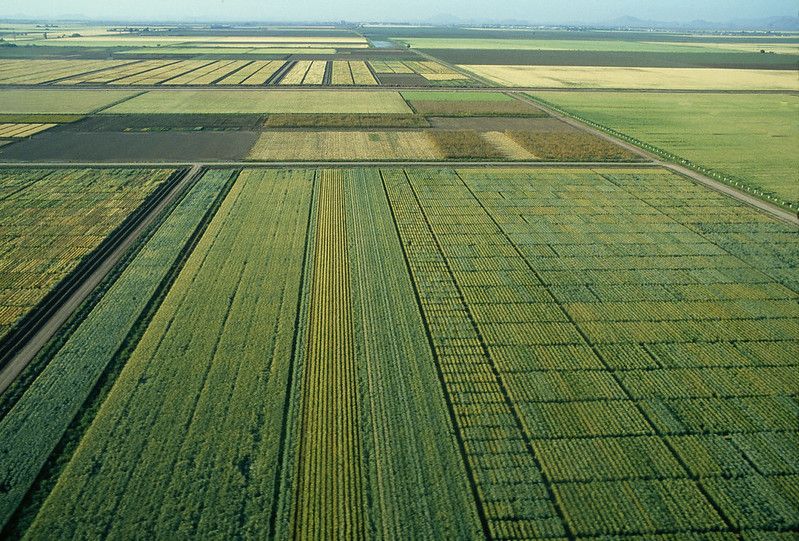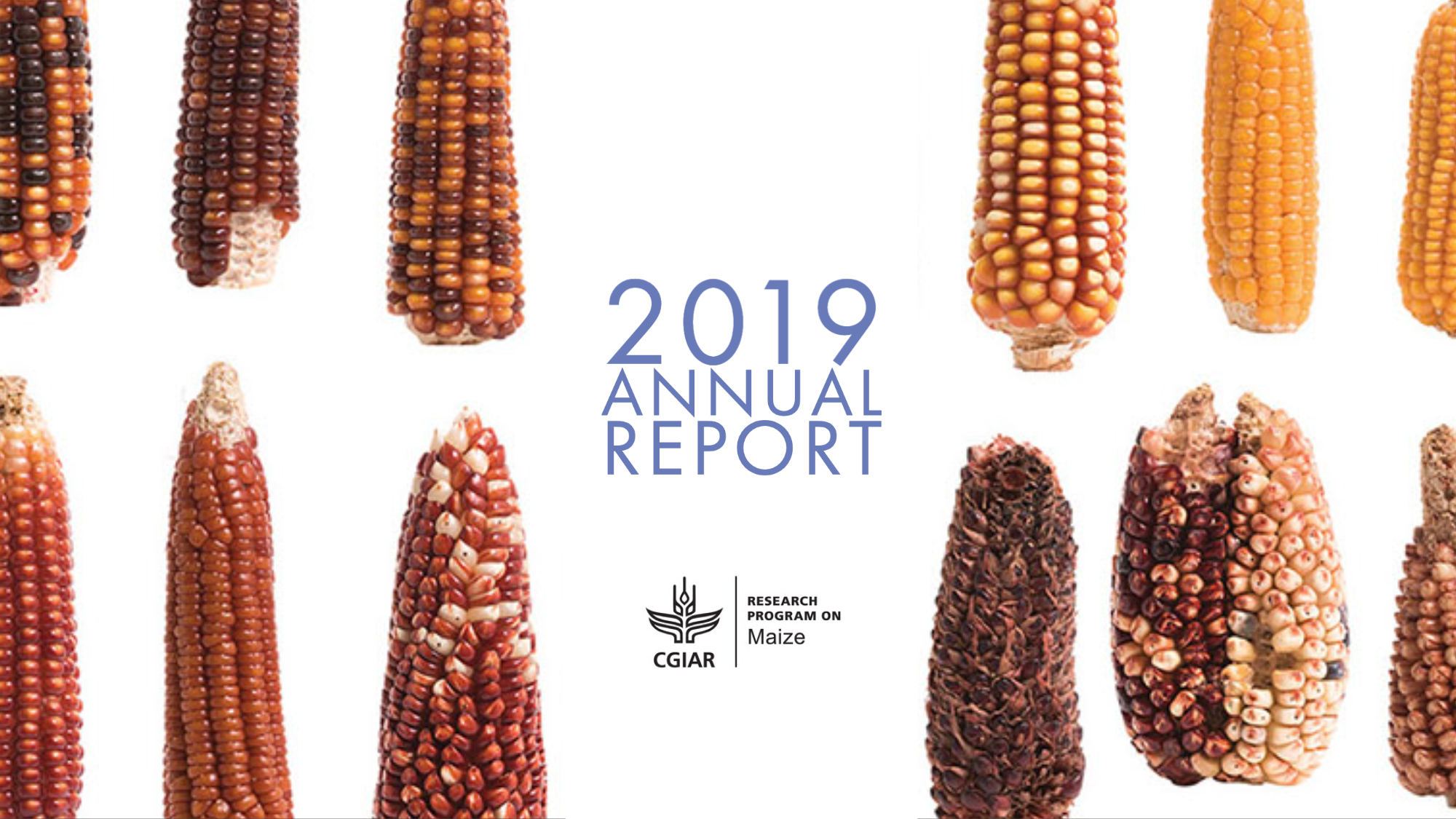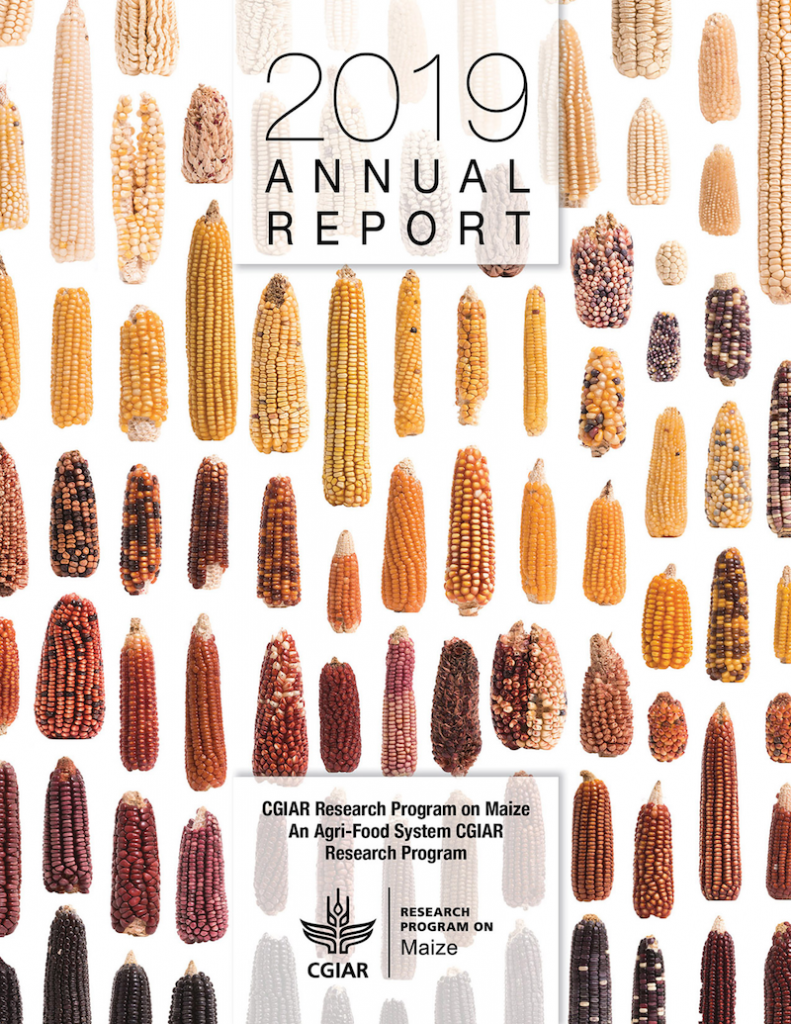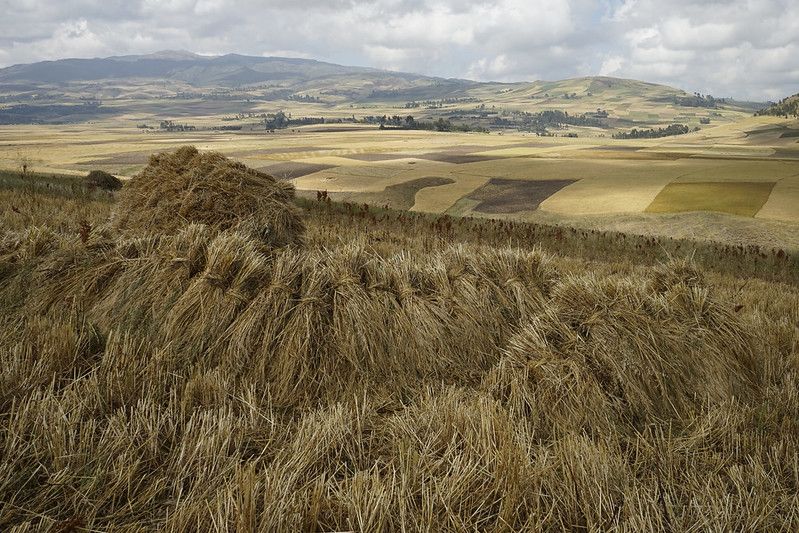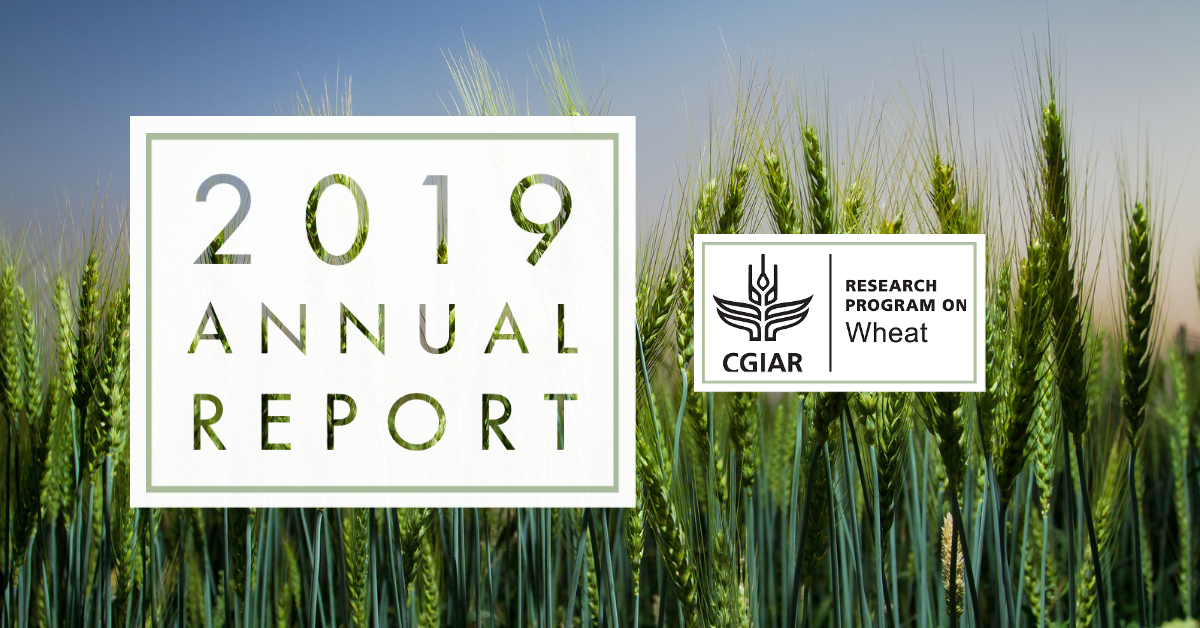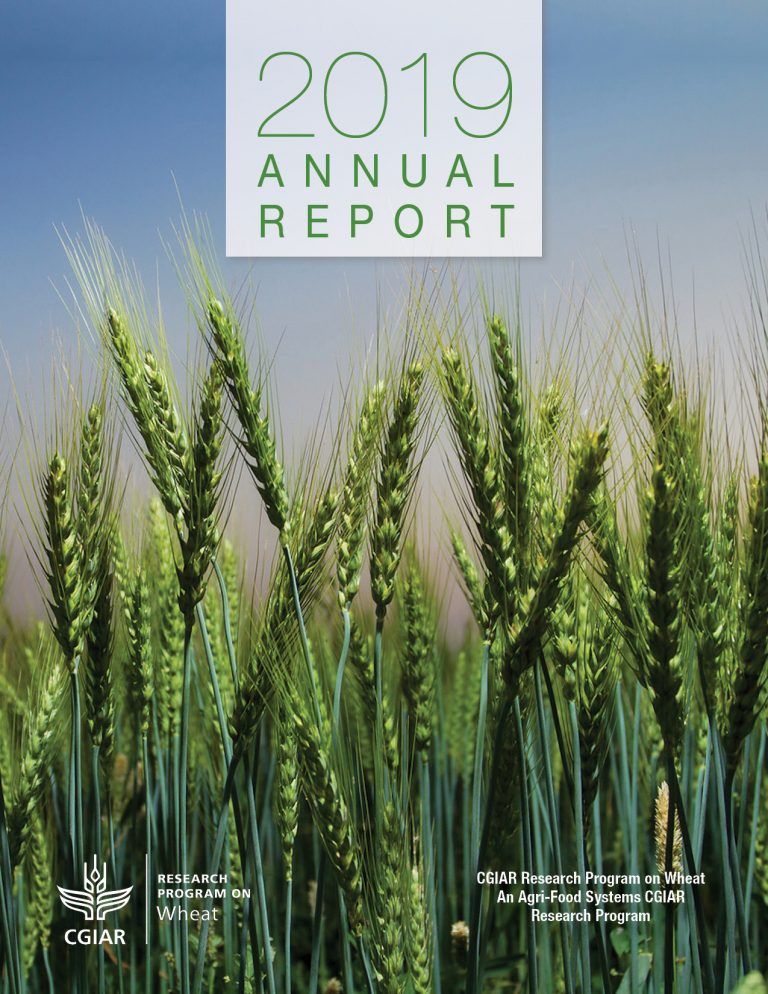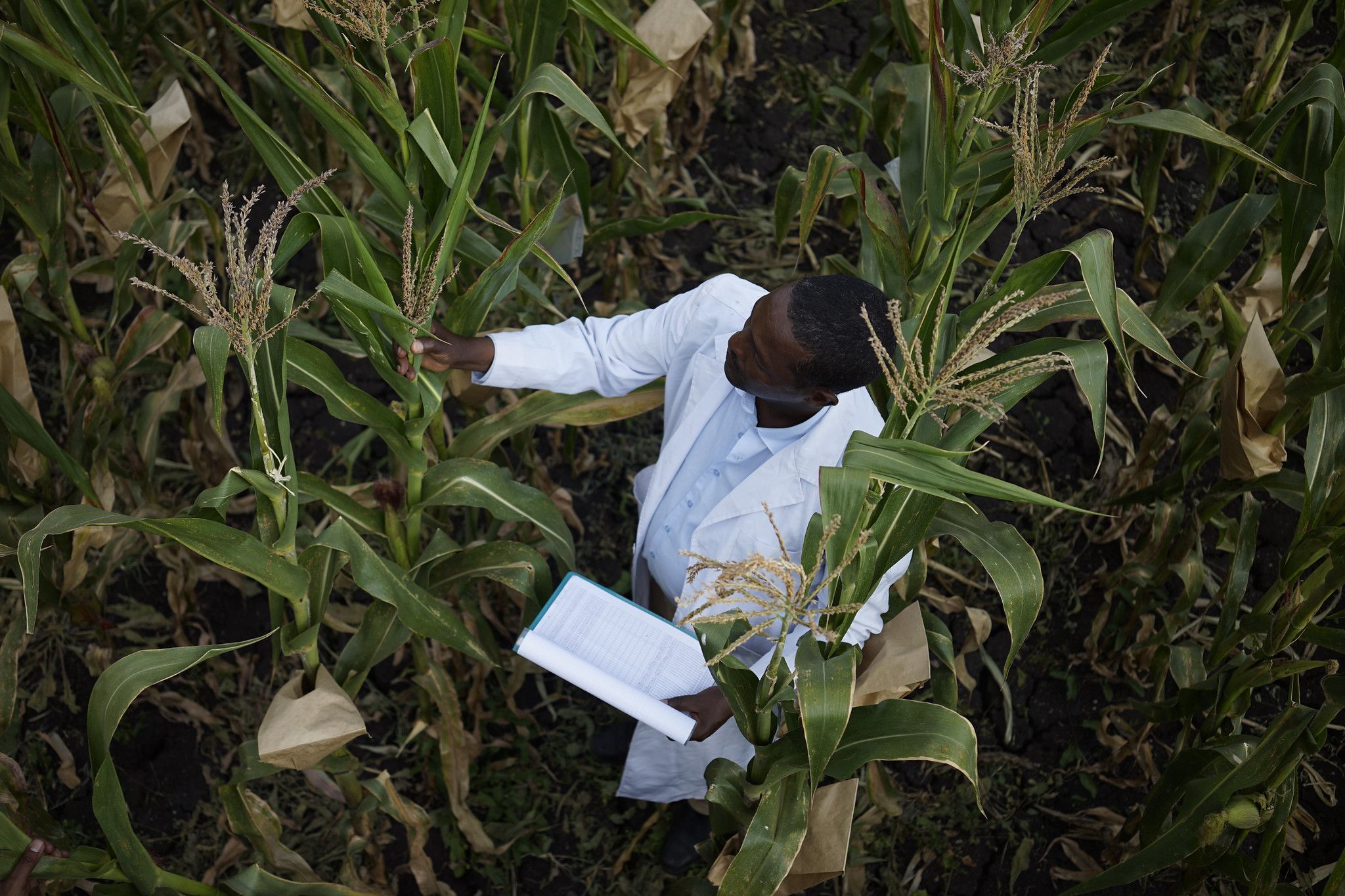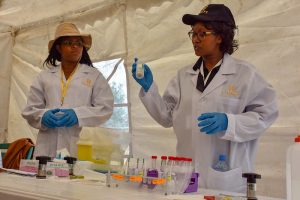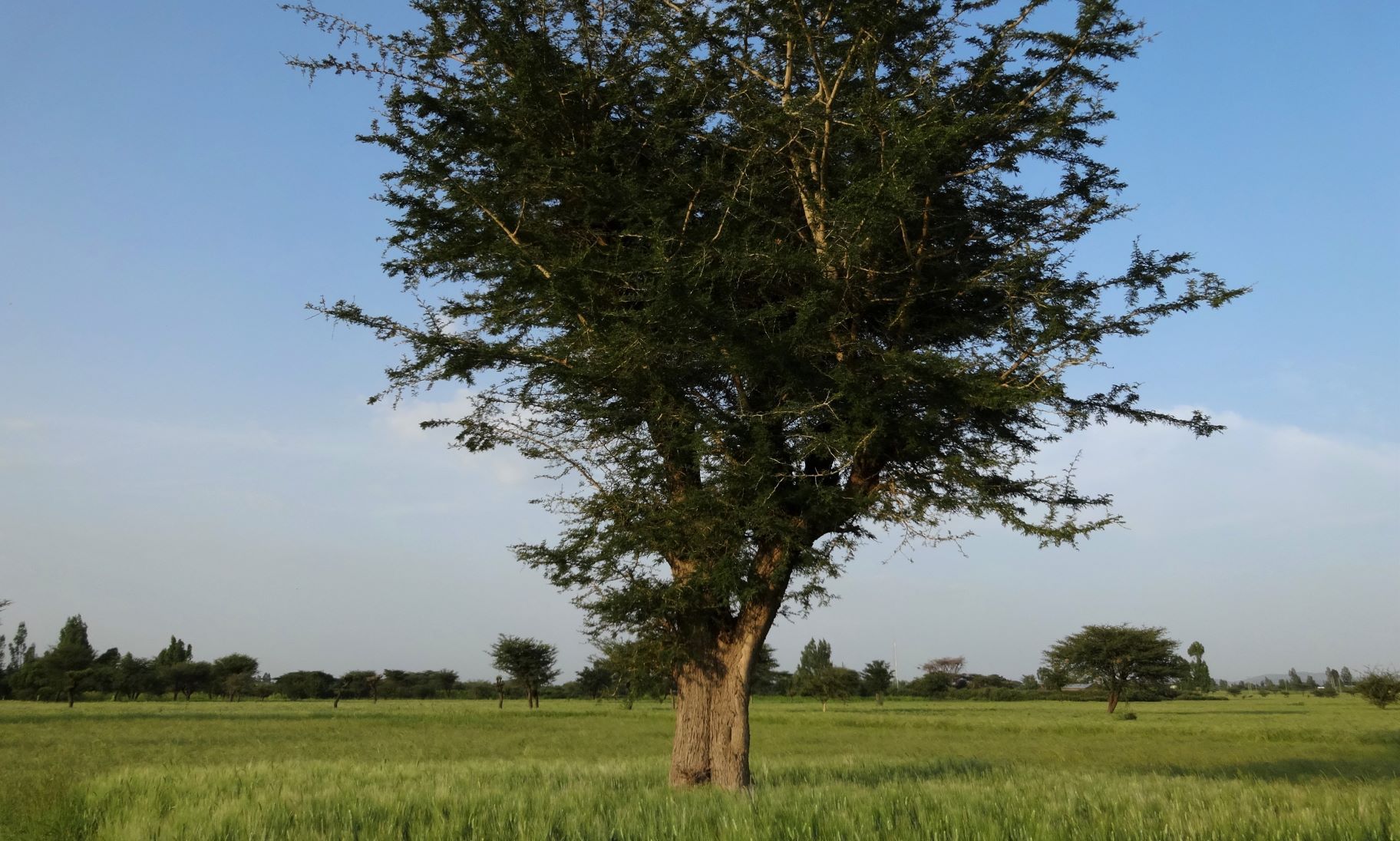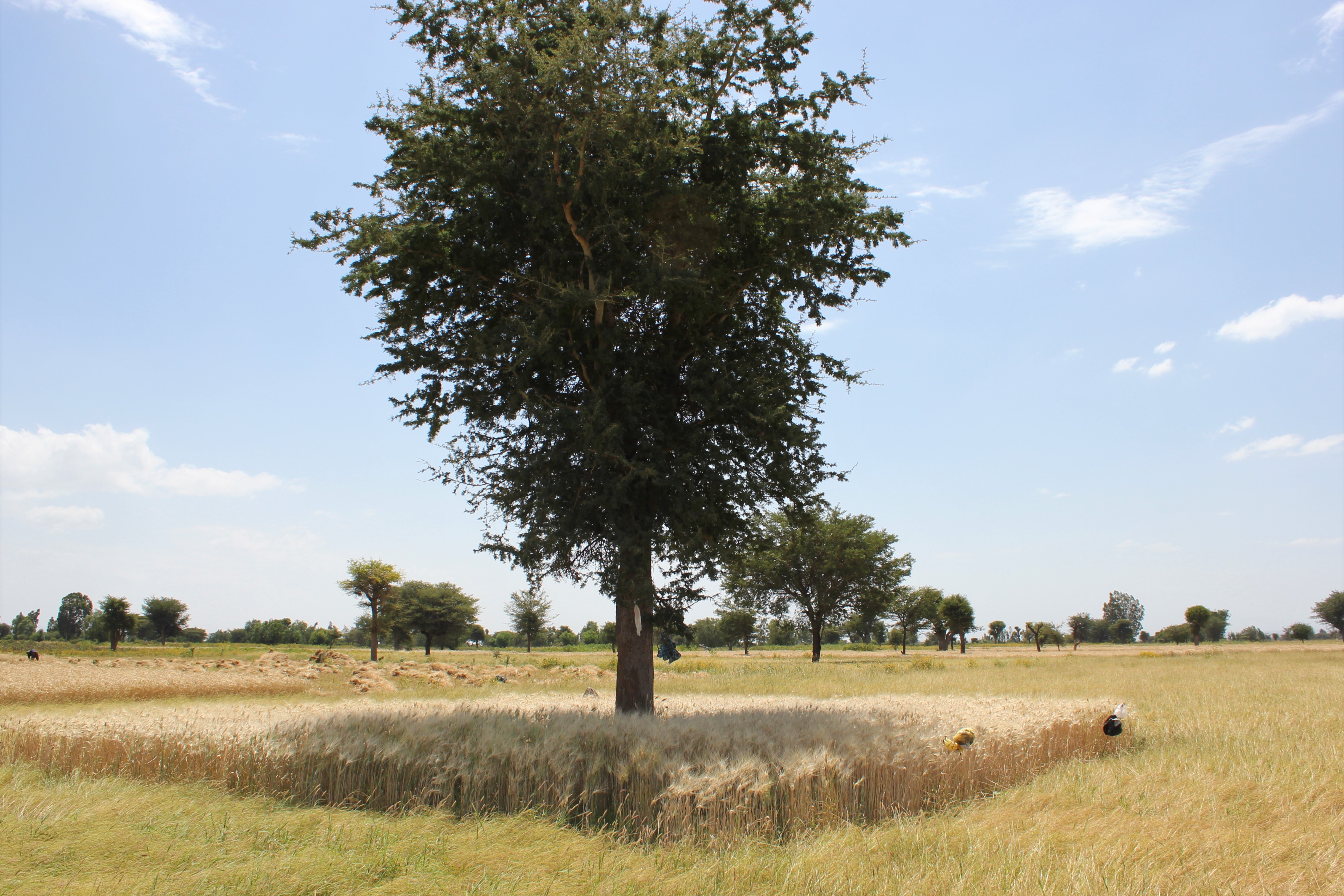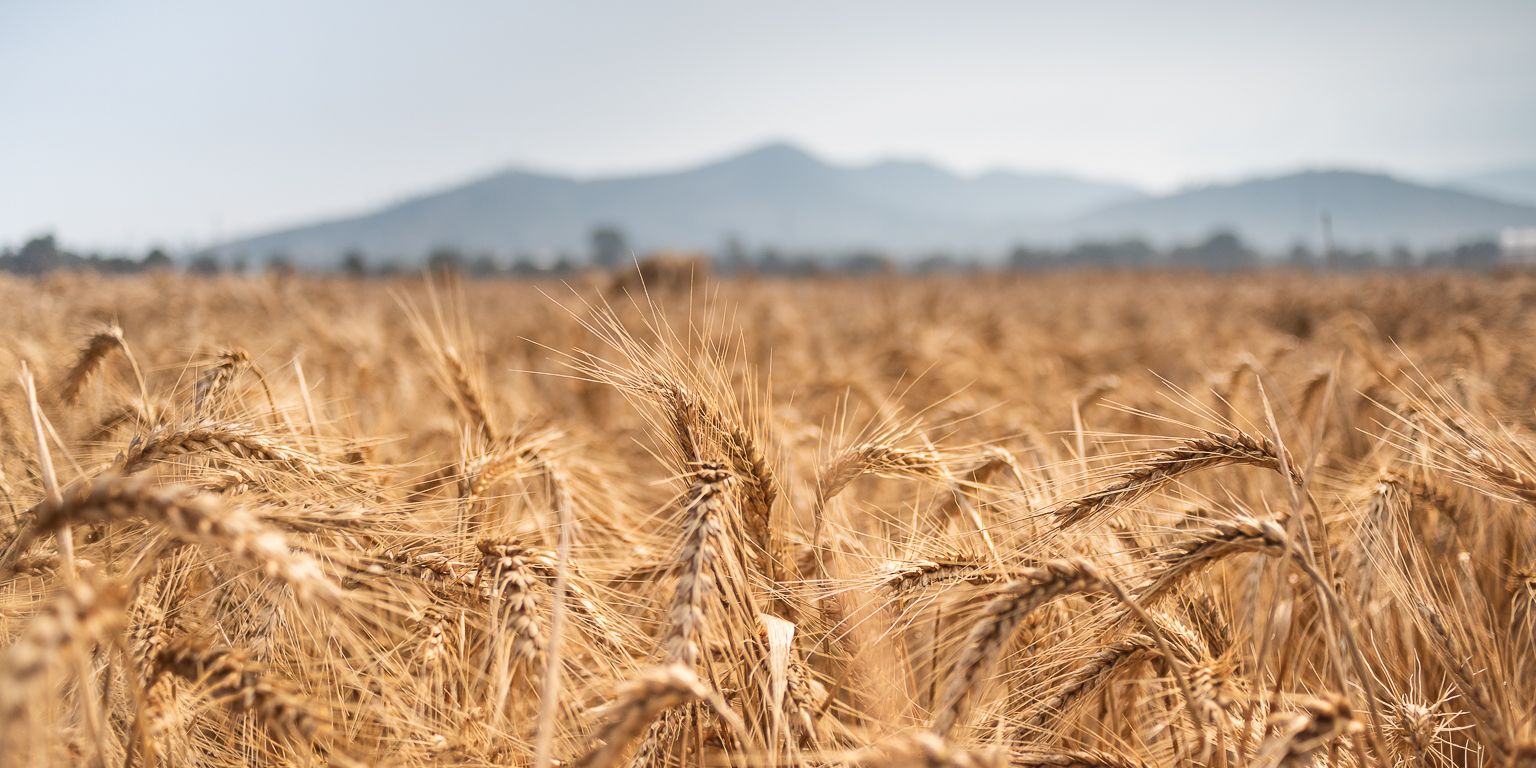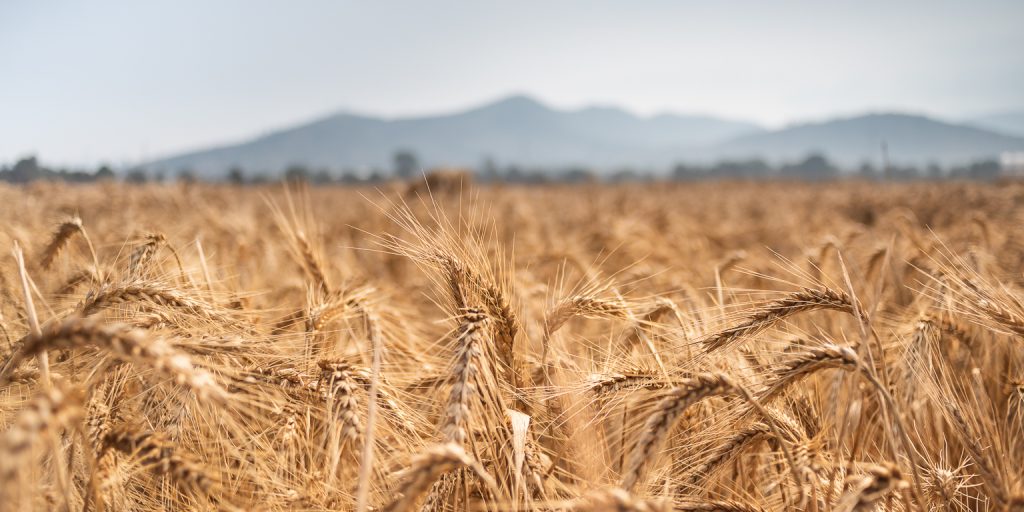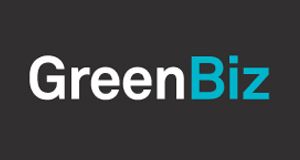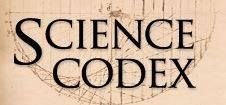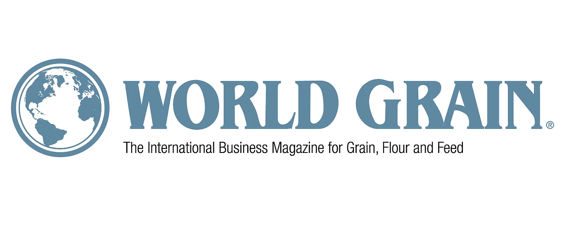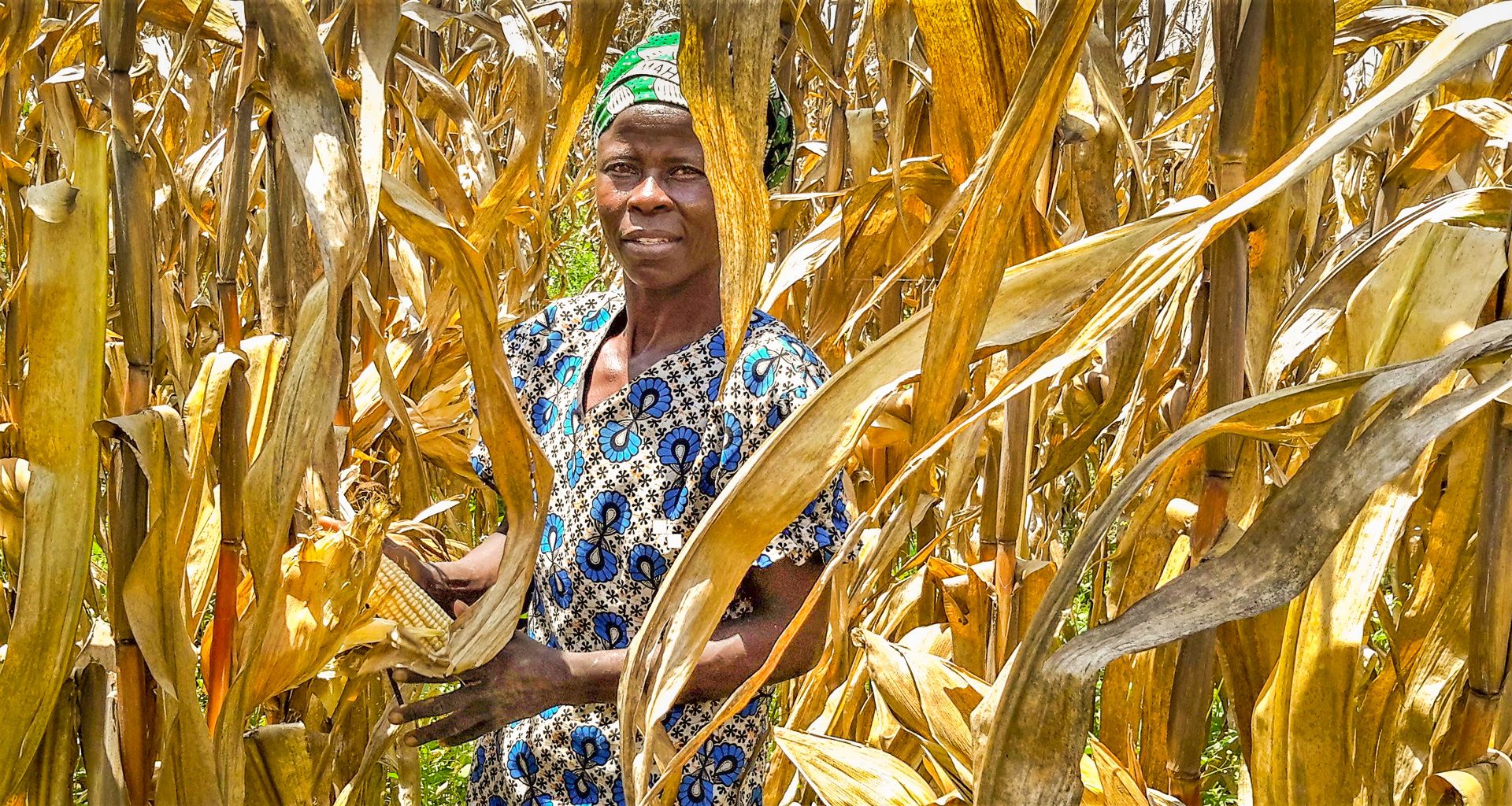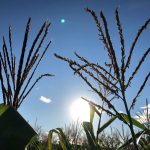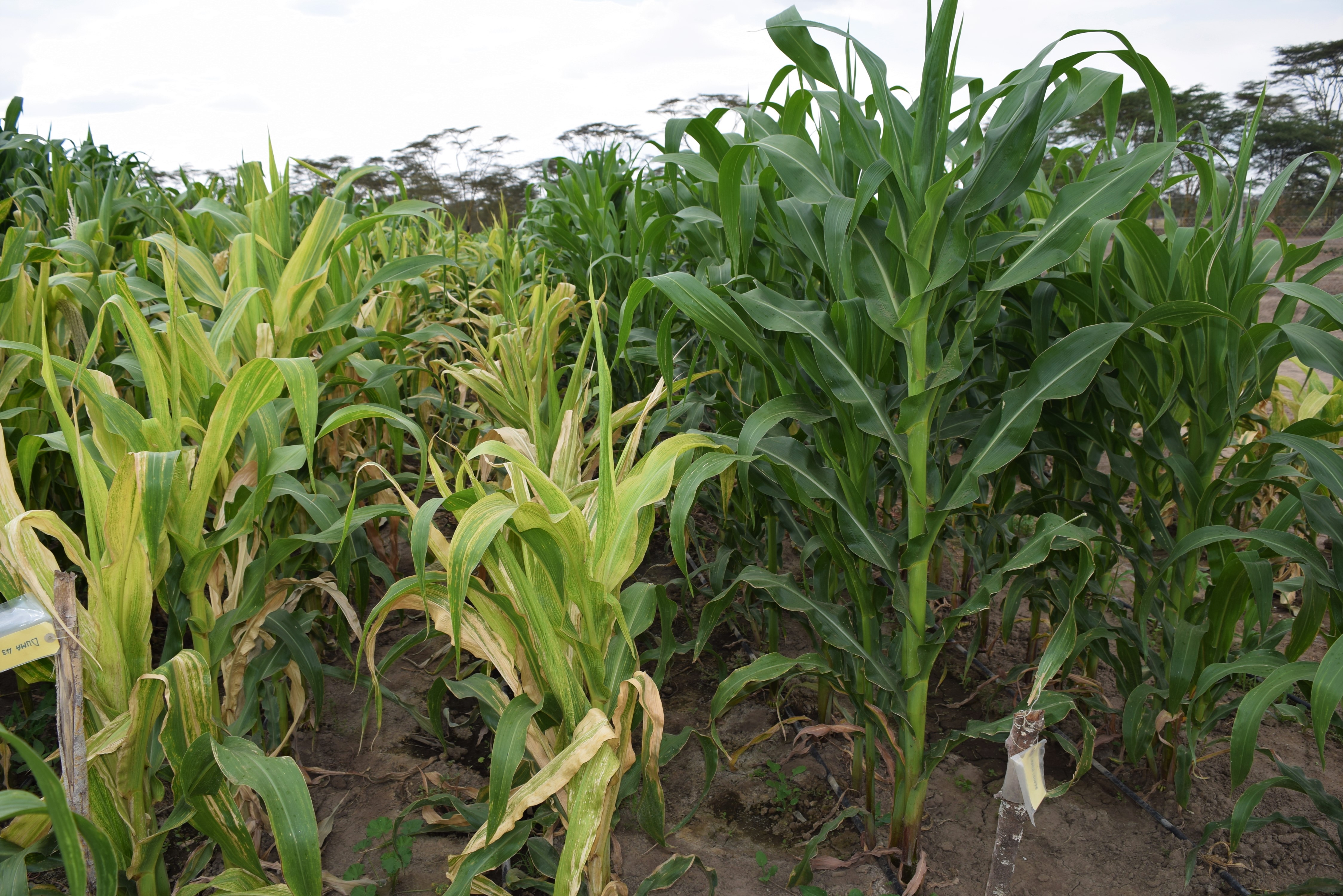CIMMYT and IITA collaborate to increase adoption of conservation agriculture in southern Africa
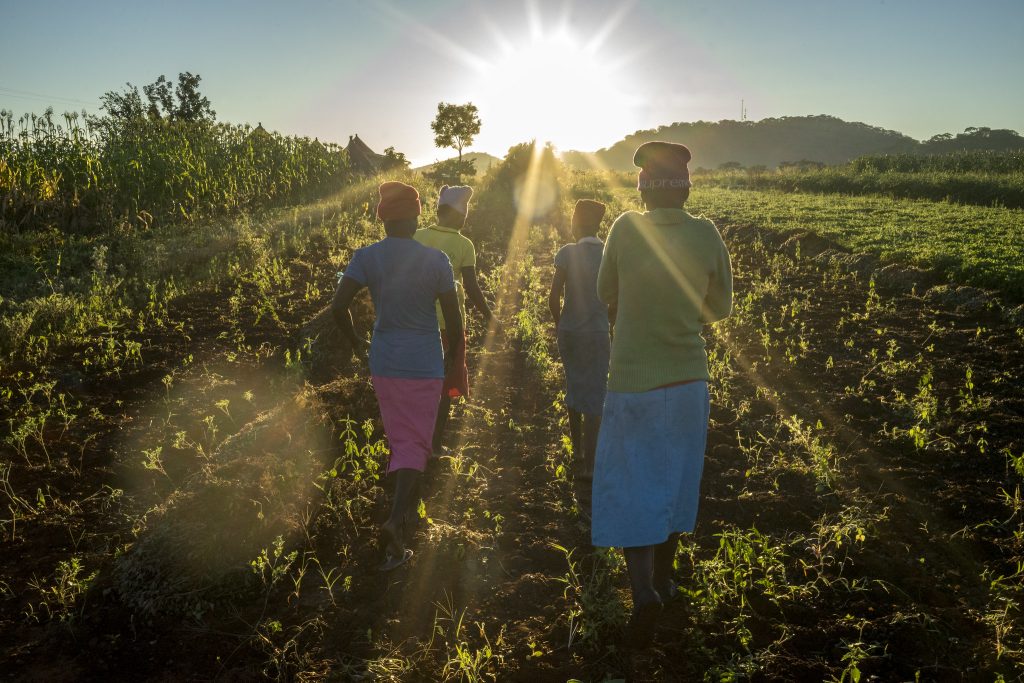
The International Institute of Tropical Agriculture (IITA) and the International Maize and Wheat Improvement Center (CIMMYT) recently launched a project that aims to research the drivers and barriers to adoption of conservation agriculture in southern Africa, and to develop strategies for achieving adoption and impact at scale.
The project, Understanding and Enhancing Adoption of Conservation Agriculture in Smallholder Farming Systems of Southern Africa (ACASA), will apply social and scaling science to understand the biophysical, socioeconomic, institutional, and policy drivers and barriers to the adoption of conservation agriculture technologies and practices.
The ACASA project is supported by the Norwegian Agency for Development Cooperation (Norad) and will be implemented in Malawi, Zambia, and Zimbabwe in collaboration with partners and farmers in the region.
The project was officially launched online on September 16, 2020. Zambia’s Minister of Agriculture, Michael Katambo, noted that it is a timely intervention, as the livelihoods and food security of smallholder farmers in southern Africa are increasingly being threatened by climate change and variability, which have led to a steady decline in the production of food staples and an increase in the number of food and nutrition-insecure people.
“It is now clear that current productivity and production levels cannot be expected to meet our requirements for food and nutrition security,” Katambo said in a speech read on his behalf by Moses Mwale, Director of the Department of Agriculture. “Conservation agriculture has a proven potential to increase and stabilize crop yields, and to support sustainable and resilient production systems and rural livelihoods.”
Proven benefits
Conservation agriculture — a farming system that promotes minimum soil disturbance, permanent soil cover and diversification of plant species — can efficiently increase agricultural productivity while reducing land degradation and improving soil health for more productive, profitable, and sustainable farming.
Substantial on-farm evidence has been generated on the agronomic and economic benefits of conservation agriculture, first introduced in the 1970s in South Africa. Consequently, donors and governments have made a lot of investments to promote and scale conservation agriculture technologies and practices among smallholder farmers in the region. Despite all these efforts, however, the adoption rate among smallholder farmers remains low.
“We should not let the low adoption of conservation agriculture discourage us. Let us use this opportunity to reflect and identify the missing link and come up with more sustainable solutions to the problem,” said the IITA Director for Southern Africa, David Chikoye.
“Although adoption of improved practices by most resource-poor farmers is primarily determined by the potential immediate benefits on crop yields, profits, risk, and livelihoods, there are a number of biophysical, socioeconomic, institutional, and policy factors that promote or hinder adoption of conservation agriculture. The project, therefore, aims to identify the adoption drivers and barriers, and to develop pathways and strategies for inclusive scaling of conservation agriculture practices,” said Arega Alene, Agricultural Economist at IITA and leader of the ACASA project.
Christian Thierfelder, Principal Cropping Systems Agronomist at CIMMYT, highlighted some of the bottlenecks for conservation agriculture adoption, noting they were linked more to socioeconomic and cultural factors rather than biophysical. “Conservation agriculture is a viable and proven climate-smart farming system. Future research efforts should go towards understanding farmers’ decision-making and behavioral change, as well as profitability,” Thierfelder said.
Other key partners include the Food and Agriculture Organization of the United Nations (FAO), the African Conservation Tillage Network (ACT) and Centre for Coordination of Agricultural Research and Development for Southern Africa (CCARDESA).
The project launch was attended by policymakers, donors, members of national and regional conservation agriculture taskforces, national and international research institutions, universities, international development institutions, private seed companies, non-governmental organizations, and farmer organizations.
Interview opportunities:
Arega Alene, Agricultural Economist, IITA.
Christian Thierfelder, Principal Cropping Systems Agronomist, CIMMYT
For more information, or to arrange interviews, contact the media team:
Genevieve Renard, Director of Communications, CIMMYT. g.renard@cgiar.org
Katherine Lopez, Head of Communication, IITA. k.lopez@cgiar.org
About CIMMYT:
The International Maize and What Improvement Center (CIMMYT) is the global leader in publicly-funded maize and wheat research and related farming systems. Headquartered near Mexico City, CIMMYT works with hundreds of partners throughout the developing world to sustainably increase the productivity of maize and wheat cropping systems, thus improving global food security and reducing poverty. CIMMYT is a member of the CGIAR System and leads the CGIAR programs on Maize and Wheat and the Excellence in Breeding Platform. The Center receives support from national governments, foundations, development banks and other public and private agencies. For more information visit staging.cimmyt.org.
About IITA:
The International Institute of Tropical Agriculture (IITA) is a not-for-profit institution that generates agricultural innovations to meet Africa’s most pressing challenges of hunger, malnutrition, poverty, and natural resource degradation. Working with various partners across sub-Saharan Africa, we improve livelihoods, enhance food and nutrition security, increase employment, and preserve natural resource integrity. IITA is a member of CGIAR, a global agriculture research partnership for a food-secure future.
